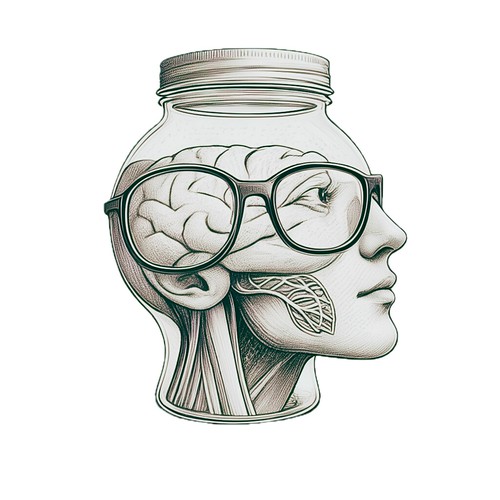Outside
I met Ronald, 30, while I was killing time at a sari-sari store, sipping a cold bottle of Coke, taking time off from the afternoon heat. I noticed his tattoo—I'm simply drawn to tattoos, a habit I can't seem to get away from—and so I asked him who Lyn was. His wife, he told me, smiling, a look of longing in his eyes. They have three children. He works at a dental laboratory, making dentures for a living. He was thrilled when I told him my mother is a dentist. Maybe she could send her orders to us, he said. A hardworking family man, ladies and gentlemen.

Water systems were being built, a dream-come-true for many residents here. The sound of jackhammers pounding on hard soil was continuous, like high-pitched tinnitus on a defective ear.

We got out of the SHACC compound to explore what was outside the gated compound. Graffiti on walls and bridges, graffiti on electric posts, graffiti everywhere. Outsiders would probably dismiss the spray-painted letters and characters as vandalism, but could this be just a way for some to express themselves through artistic means, or mark their territory, or maybe leave a footprint to prove that sometime in history they existed?

The smell of polluted water permeated everything: that rotting, decomposing smell of dirt and grime and bacteria and floating plastics (and possibly human waste), dispersed by the wind in various places. I started to wonder how the people can sleep through this, but minutes into the walkthrough, I could hardly smell the estero anymore. The olfactory fatigue phenomenon certainly has its uses.

The lack of space and the exponentially growing number of children pushed many families to construct wooden stilts so they could build makeshift houses on top of the water, something they can at least call their own.

The sight of greenery was so rare that I just had to take a snapshot of this potted plant on what used to be Ate Nelyn's home.

I thought of what Jose Rizal said about the youth being the hope of the motherland when I saw children everywhere—sucking on breasts, running along the streets, playing, oblivious to their otherwise depressing situation.
After passing by Barangays 156 and 157, we reached the end of the walkthrough. And the outside world, the world more familiar to many of us, finally greeted us: the paved streets, the gentle breeze sans the smell, and the slowly building up of rush-hour traffic.
It's appalling how we can brush aside the harsh realities of the urban poor, and we can only hope that our government does not forget this disadvantaged, powerless community. Unless we address the poverty issue through a multi-sectoral approach, this country will never move forward.

Our legs ache from all the walking, and now it was time to go home.
Water systems were being built, a dream-come-true for many residents here. The sound of jackhammers pounding on hard soil was continuous, like high-pitched tinnitus on a defective ear.
We got out of the SHACC compound to explore what was outside the gated compound. Graffiti on walls and bridges, graffiti on electric posts, graffiti everywhere. Outsiders would probably dismiss the spray-painted letters and characters as vandalism, but could this be just a way for some to express themselves through artistic means, or mark their territory, or maybe leave a footprint to prove that sometime in history they existed?
The smell of polluted water permeated everything: that rotting, decomposing smell of dirt and grime and bacteria and floating plastics (and possibly human waste), dispersed by the wind in various places. I started to wonder how the people can sleep through this, but minutes into the walkthrough, I could hardly smell the estero anymore. The olfactory fatigue phenomenon certainly has its uses.
The lack of space and the exponentially growing number of children pushed many families to construct wooden stilts so they could build makeshift houses on top of the water, something they can at least call their own.
The sight of greenery was so rare that I just had to take a snapshot of this potted plant on what used to be Ate Nelyn's home.
I thought of what Jose Rizal said about the youth being the hope of the motherland when I saw children everywhere—sucking on breasts, running along the streets, playing, oblivious to their otherwise depressing situation.
After passing by Barangays 156 and 157, we reached the end of the walkthrough. And the outside world, the world more familiar to many of us, finally greeted us: the paved streets, the gentle breeze sans the smell, and the slowly building up of rush-hour traffic.
It's appalling how we can brush aside the harsh realities of the urban poor, and we can only hope that our government does not forget this disadvantaged, powerless community. Unless we address the poverty issue through a multi-sectoral approach, this country will never move forward.
Our legs ache from all the walking, and now it was time to go home.
Labels: journal, medicine, photography

0 Comments:
Post a Comment
<< Home